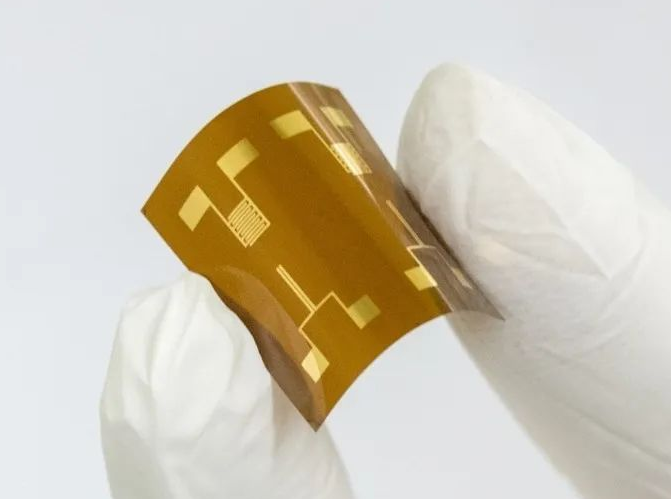
Murata supplies products such as multi-layer ceramic capacitors (MLCC) and passive components that can be found in many mobile phones and electronic devices worldwide. Murata's MLCC -- which temporarily stores excess charge to regulate voltage and current, thereby stabilizing electronic devices -- now accounts for about 40 percent of all MLCC sales worldwide.
High-end smartphones come with about 1,000 MLCCS, and recent advances in battery and circuit miniaturization mean MLCC capacity and size is now one of the key bottlenecks in producing lighter, more compact products. Now, the new MLCC Murata is developing may be just 0.25 millimeters long, which is much smaller than the smallest MLCC the company currently produces.
MLCCs typically consist of thin films of insulating or dielectric ultrafine particles sandwiched between electrodes. "We have been trying to develop various dielectric nanoparticle fabrication methods to build multiple very thin dielectric layers to achieve high capacitance in a very small package," explains Keigo Suzuki, Murata's head of R&D for nanoparticle fabrication technology. Say. However, he says the real breakthrough lies in manufacturing methods suitable for the new business. "We developed a method for making various functional oxide nanoparticles using a reverse micelle technique that disperses the compound in solution," Suzuki said. In this technique, the hydrolysis reaction takes place in a hydrophobic solvent dispersed in a hydrophobic solvent. in small water droplets, the resulting oxide nanoparticles repel each other in a suitable solution.
The nanoparticles developed by Murata are different in that they do not easily agglomerate. This is due to the incorporation of short organic ligands into the nanoparticles during production. These ligands can also sinter the nanoparticles at relatively low temperatures, opening up possibilities for inks and other printable applications. Sintering is a process of compressing a material into a solid by applying heat or pressure (without melting).
"The potential to apply it to printable and flexible electronics is particularly exciting," says Yusuke Otsuka, who developed the double-salt polymerization method. This ease of sintering enables not only the production of various novel devices (such as sensors, transparent conducting films, and photoelectrodes), but also the stacking of different nanoparticle layers for efficient charge carriers in many technologies for energy conversion separation. The technology's potential use in renewable technologies is also promising, says Otsuka: "Based on elements commonly found on Earth, these nanoparticles are quite environmentally friendly and will exhibit high performance in solar cells and electrical components, as well as strong photocatalytic activity."